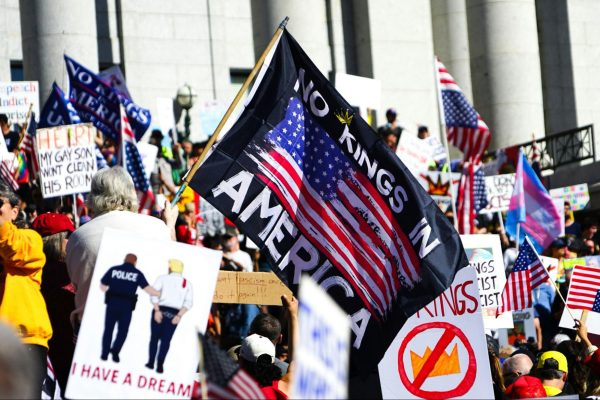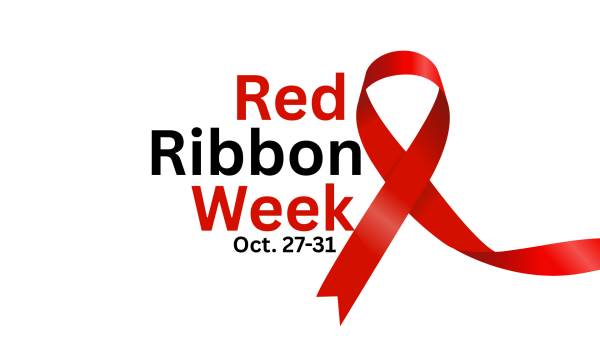The Bare Minimum
Congress to consider raising minimum hourly wage

This is the logo of a national movement that has been fighting for an increased minimum wage since 2012, and is finally getting their way.
As Democrats take back control of the House of Representatives, the decade-long national minimum wage rate of $7.25 is being challenged. Advocates for this increase in wages are fighting because of the steady increase of living expenses and consumer prices in the past decade. The increase in minimum wage will then aid low-income families to afford their living situations comfortably, theoretically.
The legislature establishing this floor has already affected 19 states and 21 cities. For example, New York City has put into effect a steady rise to $15 minimum wage for businesses of 11 employees or more, and for every fast food establishment, no matter their respective employee amount. For businesses with 10 employees or fewer, the wage has been rising to a minimum of $13.50 an hour. This is expected to rise to an overall $15 minimum wage by December 31, 2019.[1]
“House Democrats are prioritizing their move to raise the federal minimum wage to $15 an hour because the Fight for $15 has changed the conversation on wages and politics in America,” the organizing director for the Fight for $15 movement Allyn Umel said.
As for Texas, the state legislature still won’t budge on the decisions, even though Texas holds the most workers in the United States to work at minimum wage, according to the U.S. Bureau of Labor Statistics. [2]
Nevertheless, AP Government teacher Rachel Brooks pointed out there are pros and cons to having an increased minimum wage.
“It will make it more difficult for businesses,”Brooks said about the effects on business and workers. “With increasing the costs of paying for workers, it will make hiring workers harder, which will mean fewer people will be hired.”
Even still, Brooks said, “an increase of minimum wage will help people who can’t get a better job but are supporting a family, or just trying to pay for their living expenses.”
However, in the sense if macroeconomics, the minimum wage should at least grow slightly to match inflation.
“When people have a higher income, it will lead to an increase in spending, which will lead to an increase in overall GDP,” AP Macroeconomics teacher Tara Hedlund said. “So that would be a positive for our economy. But, if businesses have to divert more of their profit toward paying their workers, it affects the amount of product they can produce, which can lead to a decrease in GDP.”
Nonetheless, a survey in 2015 conducted by CBS/New York Times says that 71 percent of the Americans surveyed via telephone are in favor of the increase, no matter the consequences. [3] As such, the push for increased minimum wage is under way, with the minimum being $15 an hour by 2024.

Your donation will support the student journalists of McNeil High School. Your contribution will allow us to purchase equipment and cover our annual website hosting costs.





